Hi, I’m Abby, a graphic designer from the marketing team here at LevelUp.
A lot of people think graphic designers just “make things look pretty.” And while yes, I do like making things look nice, there’s a lot more going on behind the scenes. From understanding brands to collaborating with different teammates, my work is about solving problems visually.
So if you’ve ever wondered what a graphic designer actually does all day, here’s a little peek into my world.
Understanding the Brand

Before I open Illustrator or Canva, I need to know the brand inside and out. Think of a brand like a person; it has its own personality, colors, and voice.
Here’s what I usually look at:
Logos: Most brands have different logo versions such as Wordmark (typography type), Lettermark (Monogram), Pictorial Mark (Icon or graphic-based logo design), Combination Mark (Mix). And these can be used in different applications.
Colors: Most brands have primary and secondary color palettes. The primary colors dominate the logo and main visuals, while secondary colors support flexibility in campaigns.
Fonts: Typography is part of a brand’s “voice.” A tech brand might use modern sans serifs, while a luxury brand leans on elegant serifs.
Inspo & research: Looking at design references, competitors, and inspiration that align with the brand’s identity.
Why do I go through all this? Simple: consistency builds trust. If your audience keeps seeing the same look and feel across channels, they’ll instantly recognize you. At LevelUp, we treat brand identity as the foundation for all creative work.
This is the same process offshore graphic designers follow when supporting client brands. Consistency is what makes design effective across borders.
Turning Briefs Into Ideas

Once the brand identity is clear, it’s time to look at the design brief (aka the instructions for the project).
Briefs usually include:
I like starting with a moodboard to set the vibe. After that, I work with my teammates to bring the ideas to life:
It’s always a team effort.
Designing the Actual Assets

This is the part most people imagine: sitting in front of a screen, creating visuals.
But design isn’t just decoration. It has to communicate clearly. If it looks amazing but doesn’t get the message across, then it’s not doing its job.
Some common deliverables for a creative marketing team include:
Digital and social media graphics: Each platform has its own image dimensions (Instagram square posts, LinkedIn banners, TikTok verticals, etc.). Using the wrong size can lead to stretched or cropped visuals.
Presentation decks: Designed with readability in mind
Marketing collateral: Flyers, posters, tarpaulins, which need higher resolution and CMYK color mode.
Website/app visuals: Optimized for quick loading and responsiveness across devices.
The challenge? Balancing creativity with functionality. A design has to look good and communicate the message clearly.
The Dreaded… Revisions
Ah, yes, revisions. Every designer knows this stage well.
Feedback can sometimes sound vague - things like “make it pop,” “it feels too busy,” or “can you try another layout?” At first, those comments used to frustrate me because they weren’t specific. But over time, I realized feedback is less about perfect wording and more about trying to express what feels off.
Now, I see revisions as part of the creative process. Each round gets us closer to something that works. Sometimes, it means tweaking colors for readability. Other times, it means reworking layouts so the message is clearer. It’s rarely about starting over. More often, it’s about refining the details until the design does its job.
At LevelUp, feedback is collaborative, not critical. Instead of pointing out mistakes, it’s usually framed as: “This is great, but what if we try X instead?” That mindset makes revisions feel less like setbacks and more like problem-solving with the team.
I’ve learned not to take it personally. Designs get better with every round.
Prepping Files for Different Platforms
Designs don’t live in one format. A Facebook ad won’t have the same specs as a print brochure or a LinkedIn banner.
That means I prep multiple file versions, making sure the resolution, size, and format are correct. It’s not the glamorous part of the job, but it’s essential. If you want the full breakdown, check out this 2025 Social Media Image Size Guide.
Nobody likes a blurry ad, right?
Staying Inspired (and Updated)
Graphic design trends change fast. What looked cool last year might look outdated now. So:
Keep an eye on design trends.
Experiment with new tools.
Share inspiration with the team.
One thing I love about working at LevelUp is that we’re encouraged to stay creative. My teammates share ideas, resources, and feedback that help me grow.
Wrapping It Up

Being a graphic designer goes way beyond aesthetics. It’s about:
At LevelUp, design is more than decoration. It’s part of how we help brands grow, and I love being a piece of that puzzle.
Thanks for reading this little behind-the-scenes look at my day! If you made it this far, you now know graphic designers do much more than just pick colors.
